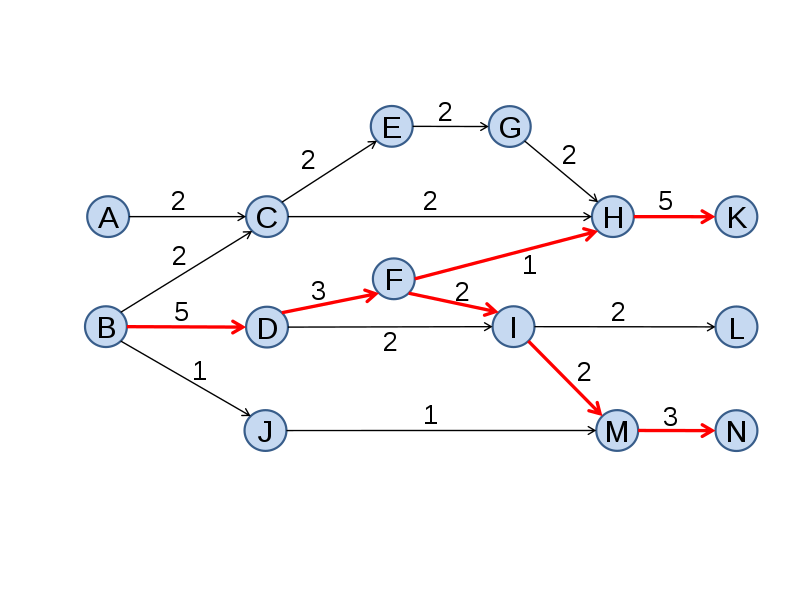Winter solstice challenge: what is your Open Knowledge score?
.jpg) Hi all, welcome to this winter solstice challenge! Umm, to not give our southern hemisphere colleagues
not a disadvantage, as their winter solstice has already passes, you’re up for a summer solstice challenge!
Hi all, welcome to this winter solstice challenge! Umm, to not give our southern hemisphere colleagues
not a disadvantage, as their winter solstice has already passes, you’re up for a summer solstice challenge!
Introduction
So, you know ImpactStory and Altmetric.com (if not, browse my blog); these are wonderful tools to see what people are doing with your work. I hope you already know about OpenCitations, a collaboration of publishers, CrossRef, and many others, to make all citation data available. They just passed the 50% milestone, congratulations on that amazing achievement! For the younger scientists it may be worth realizing that for the past 20 years, at least, this data was copyrighted and not to be used unless you paid. Elsevier is, BTW, the major culprit still claiming IP on this, but RT this if you are surprised.
So, the reason I introduce both ImpactStory and OpenCitations is the following. Scientific articles are data and knowledge dense documents. If we did not redirect the reader to other literature. That may give a more complete sketch of the context, describe a measurement protocol, describe how certain knowledge was derived, etc. Therefore, just having your article Open Access is not enough: the articles you cite should be Open Access too. That’s the next phase if really making an effort to have all of humanity benefit from the fruits of science.
I know it is hard already to calculate a “Open Access” score, though ImpactStory does a great job at that! So, calculating this for your paper and the papers those papers cite is even harder. You may need to brush up your algorithm and programming skills.
Eligibility
Anyone is allowed to participate. Submission of your entry is done online, e.g. in your blog, in a public write up, or even a open notebook! However, you need at least on citable research object. That is, it needs a DOI. Otherwise, I cannot give you the prize (see below). The score should be based on all your products. Bonus points for those who include software and data citations. Excluding citable object to boost your score (for example, I would have to exclude my book chapters), is seen as cheating the system.

Depth
Calculating your Open Knowledge score can be done at multiple levels. After all, your article depends (cites) articles, and your software depends on libraries, but those cited articles and software dependencies recursively also cite articles and/or software. The complexity is non-trivial, making it a perfect solstice challenge indeed!
Prizes
The prize I have to offer is my continued commitment to Open Science, but that you already get for free and may not be enough boon. So, instead, soon after the winter/summer solstice at the end of this year, I will blog about your research boosting your #altmetrics scores. Yes, I will actually read and try to understand it!
And because there is the results and the method, neither of which exist yet, there are two categories! I just doubled your chance of winning! That’s because humanity is worth it! One prize for the best tool to calculated your Open Knowledge score, and one prize for the researcher with the highest score.
Audience Prize
If someone feels a need to organize an audience prize, this is very much encouraged! (Assuming Open approaches, of course :)